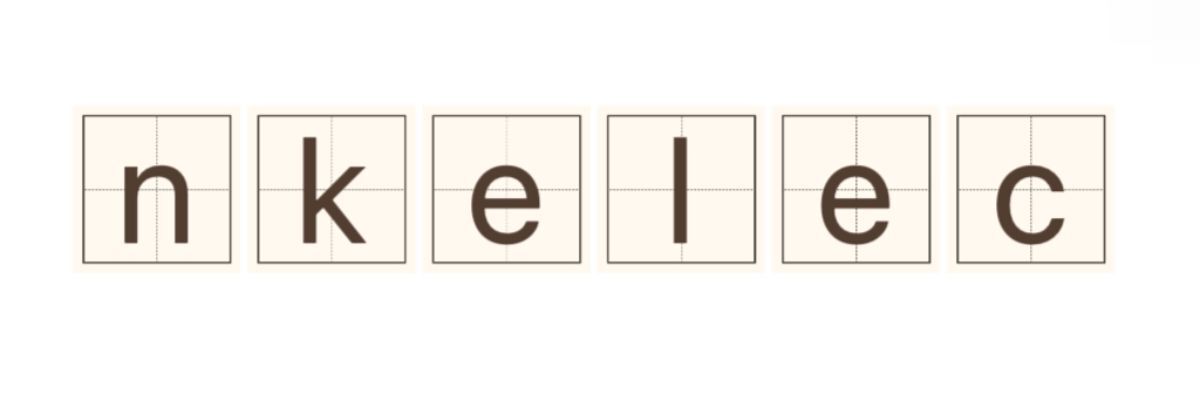How Does Solar Panel Installation Process Work?
Sep. 20, 2024
Solar panels have become an increasingly popular choice for homeowners and businesses seeking sustainable energy solutions. The process of installing solar panels can seem daunting, but understanding how it works can simplify the journey to harnessing solar power. This article breaks down the steps involved in the solar panel installation process, helping you navigate your options effectively.
## Understanding the Solar Panel Installation Process.
The solar panel installation process consists of several key stages, from initial assessment to final inspection. Here's a detailed look at each step involved in going solar.
### Initial Consultation and Site Assessment.
The first step in the installation process is an initial consultation with a solar provider. During this phase, a representative will discuss your energy needs and assess whether solar is a suitable option for your property. Critical factors include:
- **Location**: Evaluating the amount of sunlight your property receives, including shading from trees or buildings.
- **Roof Condition**: Checking for structural integrity to support solar panels.
- **Energy Usage**: Analyzing your electric bills to determine the best system size.
### Design and Proposal.
Once the assessment is complete, the solar provider will create a customized design and proposal. This includes:
- **System Size**: Calculating the number of panels needed based on energy usage.
- **Type of Panels**: Choosing between monocrystalline, polycrystalline, or thin-film solar panels based on budget and efficiency.
- **Cost Estimates**: Providing detailed cost estimates, including incentives and financing options.
### Permitting Process.
Before installation, the solar provider must obtain necessary permits from local authorities. This process may take time, as it often requires:
- **Site Plans**: Submitting detailed plans showing the proposed solar system.
- **Electrical Permits**: Ensuring compliance with local electrical codes.
### Installation Day.
On the installation day, a team of trained installers will arrive to set up your solar system. Key tasks include:
- **Mounting the Panels**: This involves securely attaching the panels to your roof using specialized racks.
- **Wiring**: Connecting panels to the inverter, which converts sunlight into usable electricity.
- **System Configuration**: Setting up monitoring systems to track the system's performance.
Related links:4 Tips to Select the Perfect Sustainable Fashion Brand
How Does Solar Panel Installation Work?
Top 5 Benefits of Exporting Street & Area Lights Today!
How Does Smart Home Technology Enhance Living Spaces?
4 Tips to Select an Indoor Lighting Supplier
Top 10 Garden Light Exporter Tips for Success
Is Your Facade Wall Light Causing Energy Waste?
### Final Inspection and Approval.
Following the installation, a final inspection is conducted by local authorities or the solar provider. They will ensure:
- **Safety Compliance**: Checking all electrical connections and structural integrity.
- **Performance Verification**: Testing the system to confirm it operates as designed.
### Activation of the Solar System.
Once approved, the final step is to activate the solar system. This involves:
- **Utility Connection**: Notifying your utility company and ensuring net metering is set up, allowing you to earn credits for excess energy produced.
- **System Monitoring**: Setting up any monitoring technology to track performance and maintenance needs.
## Additional Insights.
A recent survey conducted among homeowners who invested in solar panel systems found that:
- **80%** reported satisfaction with their new energy source.
- Around **70%** noticed a significant reduction in their monthly energy bills.
- **65%** cited the environmental benefits as a primary motivation for switching to solar energy.
### Benefits of Solar Panel Installation.
- **Cost Savings**: Lower energy bills and potential tax incentives.
- **Increased Property Value**: Homes with solar systems typically sell for a premium.
- **Sustainable Energy Source**: Reduced carbon footprint and reliance on fossil fuels.
## Conclusion.
Understanding the solar panel installation process is essential for anyone considering this energy solution. By following these steps and engaging with reputable solar providers, you can confidently proceed toward a sustainable future. Stay informed about any local solar incentives or financing programs that may help with your investment. .
If you found this guide helpful, consider sharing it with friends or family interested in solar energy. The shift to renewables not only benefits your pocket but also contributes to a cleaner environment for future generations.
If you are looking for more details, kindly visit LED Lighting Procurement, bvp150, bvp151 led240/cw psu 200w swb g2 gm.
Related links:What Are the Benefits of Handrail Lighting System?
129
0
0

Comments
All Comments (0)